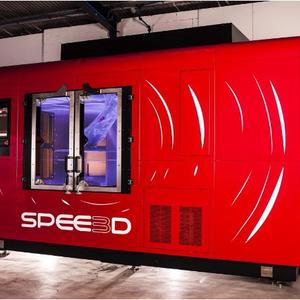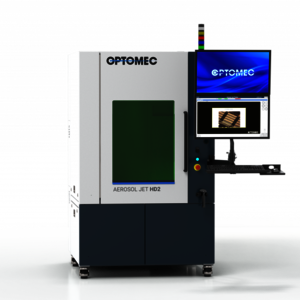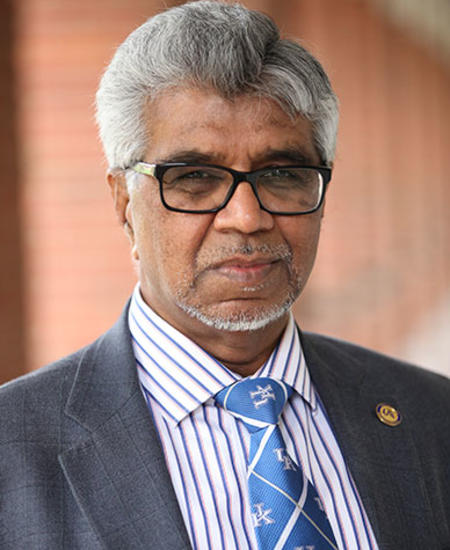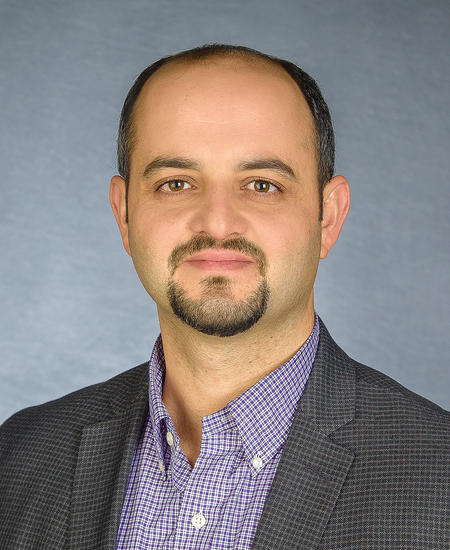ISM in collaboration with the Army Research Laboratory (ARL) is engaged in a multi-year research program focused on rapidly advancing state-of-the-art technologies in additive manufacturing (AM). Novel fusion-based and solid-state AM technologies are being employed to manufacture next generation materials systems for Department of Defense and Industrial applications. The following AM technologies are currently being established in this program:

Additive Friction Stir Deposition (AFSD) - MELD L3
Unlimited scalability and high deposition rates make this technology ideal for rapid solid-state AM of large-area components

Additive Friction Stir Deposition (AFSD) - Bond GL7
Unlimited scalability and high deposition rates make this technology ideal for rapid solid-state AM of large-area components

Cold Spray Additive Manufacturing (CSAM) - VRC Gen III + Comau/Siemens Robotics
Ideal for large rapid AM of conformal geometries and point-of-need applications

Cold Spray Additive Manufacturing (CSAM) – WarpSPee3D CSAM System
Ideal for large rapid AM of conformal geometries and point-of-need applications

Powder Bed Fusion (PBF) - SLM 280
Ideal for high resolution AM of complex geometric components and features not possible with any other manufacturing technology

Wire Arc Directed Energy Deposition(DED)– Fronius TIG/MIG + ABB Robotics
Multi-robot solution offering simultaneous Wire-Arc/ Hybrid DED along with subtractive machining in one large-scale manufacturing cell

Laser DED – Meltio 450M + ABB Robotics
Highly unique “Powder-to-Part” multi-robot hybrid DED manufacturing cell

Aerosol Jet Printing (AJP) – Optomec HD2
Used for micro-scale AM, including in combination with other large-scale AM technologies and can be used to produce flexible electronics, embedded sensors, specialty coatings, etc., by direct deposition of virtually any feedstock material that can be aerosolized.
A new, state-of-the-art AM research laboratory is currently being developed within ISM that will house several unique AM systems, including those above. The first will be operational in early summer (the remaining systems are anticipated in the fall) and will include a MELD L3 AFSD system, as well as a CSAM system from VRC Metal Systems. Both are solid-state AM technologies, where layer building mechanisms are based on plastic deformation at elevated temperatures, rather than melting and solidification. This leads to highly stable and consistent manufacturing processes, in which unwanted phase transformations and tensile residual stresses can be avoided, and site-specific material properties can be engineered in unique configurations.
For AFSD, these characteristics will be harnessed to develop novel nanostructured and functionally graded materials. For CSAM, our initial research focus is on developing mathematical models which describe the influence of velocity gradients within the supersonic flow field on the resulting material properties and defect generation.
ISM researchers are utilizing these new technologies to push the boundaries of innovation and help establish UK as a world leader in advanced AM.




